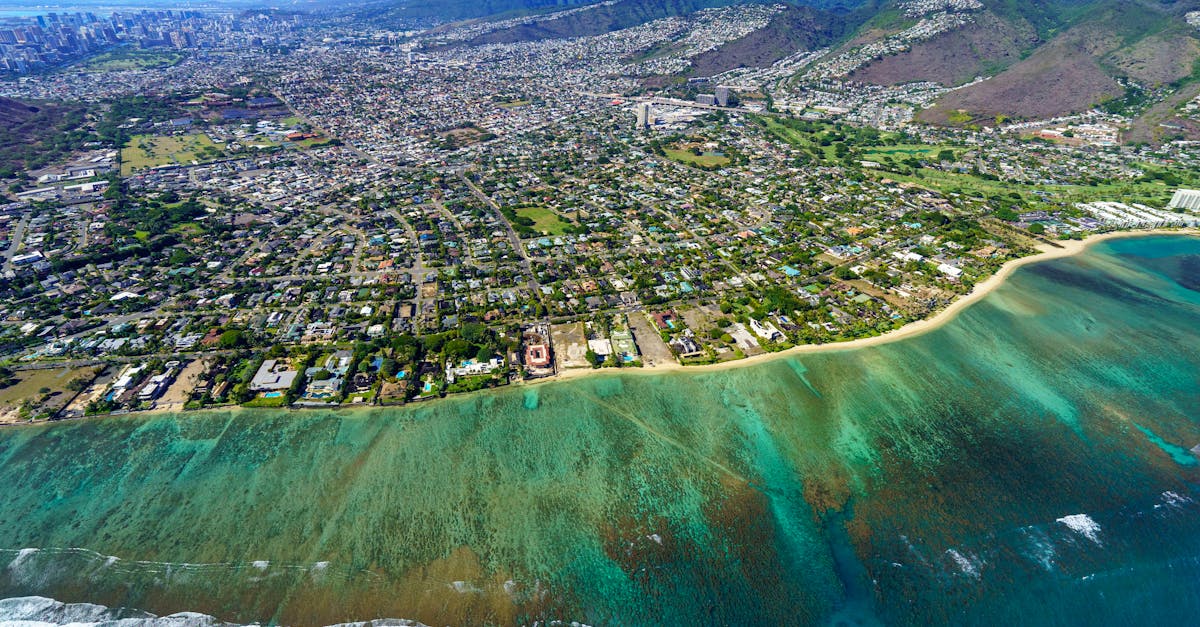The Honolulu City Council and the Honolulu Authority for Rapid Transportation (HART) are currently exploring extensions to the estimated $10 billion rail project, a move that is generating considerable debate within Hawaii's business and political circles. This discussion, prompted by Bill 60, has reignited concerns about the project's escalating costs and its impact on the local economy. An audit of the Skyline Operations revealed a significant decline in ridership despite a favorable reliability rate, raising doubts about the rail's efficiency and value.
The project's financial burden has been a long-standing concern for many, with Island Living Working's analysis highlighting its soaring costs compared to other federally funded transit projects. This has direct implications for investors and businesses reliant on public infrastructure, potentially impacting property values and development plans along the rail's proposed routes. The uncertain financial outlook, coupled with operational challenges, creates a climate of caution for those contemplating investments in related projects.
The debate extends beyond immediate financial concerns. There are questions regarding the project's integration with other transportation modes and its impact on ridership. Transit Talent has questioned whether the project can generate sufficient revenue to cover maintenance costs. Moreover, the project's future leadership and direction remain subject to change as seen by the ongoing involvement of the Honolulu Rail Authority Board.
For Hawaii's entrepreneurs and business professionals, this situation presents both risks and opportunities. The potential for further cost overruns and delays could hinder economic growth, impacting various sectors from real estate to tourism. However, the project also represents a significant investment in infrastructure, potentially generating opportunities for businesses involved in construction, transportation, and related services. As the city council and HART deliberate on the rail project's future, stakeholders must carefully assess the financial ramifications and advocate for transparency and responsible management to ensure a sustainable outcome for Hawaii's economy.

